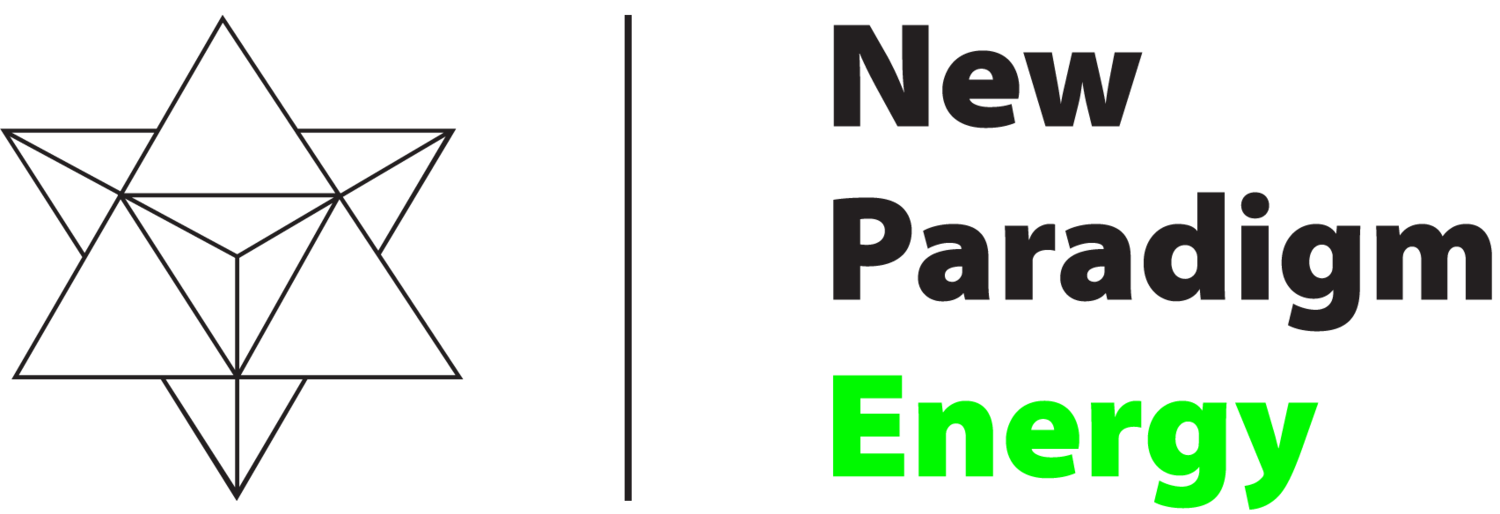HAWT vs VAWT
Innovation through Collaboration
Wind turbines with a horizontal axis (HAWTs)
The most prevalent form of wind turbine is the HAWT. They have a vertical axis that revolves around a horizontal axis. A HAWT's blades are normally composed of fiberglass or carbon fiber and are installed atop a tower. HAWTs can be used to generate enormous amounts of power, as well as in tiny wind turbines for home and commercial purposes.
Vertical Axis Wind Turbines (VAWTs)
Vertical Axis Wind Turbines (VAWTs) are less prevalent than HAWTs, but they are gaining popularity. A vertical axis rotates around a horizontal axis in VAWTs. A VAWT's blades are normally composed of plastic or metal and are fixed on a frame. VAWTs may generate power on a small scale and are also employed in urban and suburban regions with limited land.
How HAWTs and VAWTs Can Work Together
HAWTs and VAWTs can work together in a variety of ways. HAWTs, for example, can be used to create power on a large scale, while VAWTs can be utilized to generate electricity in urban and suburban regions with limited space. Furthermore, HAWTs and VAWTs can be combined to form a hybrid wind farm. A hybrid wind farm is one that employs a mix of HAWTs and VAWTs. This enables the wind farm to benefit from the various strengths of each type of wind turbine.
Which Applications Are Ideal for HAWTs and VAWTs?
HAWTs are best suited for applications requiring huge volumes of electricity. HAWTs, for example, are frequently employed in wind farms to generate power for commercial and industrial purposes. VAWTs are best suited to situations with limited space or where the wind does not always blow in the same direction. VAWTs, for example, are commonly utilized in urban and suburban settings, as well as in applications such as rooftop solar panels.
Latest Innovations in the Small Wind and Traditional Markets
There are several new advancements in both the small and traditional wind markets. Among these innovations are:
Turbines that are more efficient: New turbines that are more efficient than earlier turbines are being developed. This implies they can produce more electricity using the same quantity of wind.
Cost savings: Wind turbines are becoming more affordable. This lowers the cost of wind energy for businesses and homeowners.
Wind turbines are now being employed in novel applications, such as powering off-grid residences and businesses. When these are combined with other generation technologies, such as solar or micro hydrokinetic, and paired with a Battery Energy Storage System (BESS) we have the capacity to restore energy independence to people while increasing our energy security.
Innovative Ideas
One unique idea is to cluster small vertical wind turbines to boost efficiency and cut expenses. The theory behind this concept is that by grouping a large number of small turbines together, the efficiency of each turbine may be boosted. Furthermore, by putting a large number of turbines together, the cost of each turbine can be minimized.
Another unique idea is to use wind turbines to create power for electric automobiles. The idea behind this proposal is that by using wind turbines to generate electricity, electric vehicles can run on a renewable source of energy.
Conclusion
HAWTs and VAWTs are both viable wind energy generation technologies. The amount of electricity required, the available space, and the wind conditions will all play a role in determining the best type of wind turbine for a given application. There are a lot of innovative technologies in both the small wind and regular markets that are making wind energy more inexpensive and accessible.


